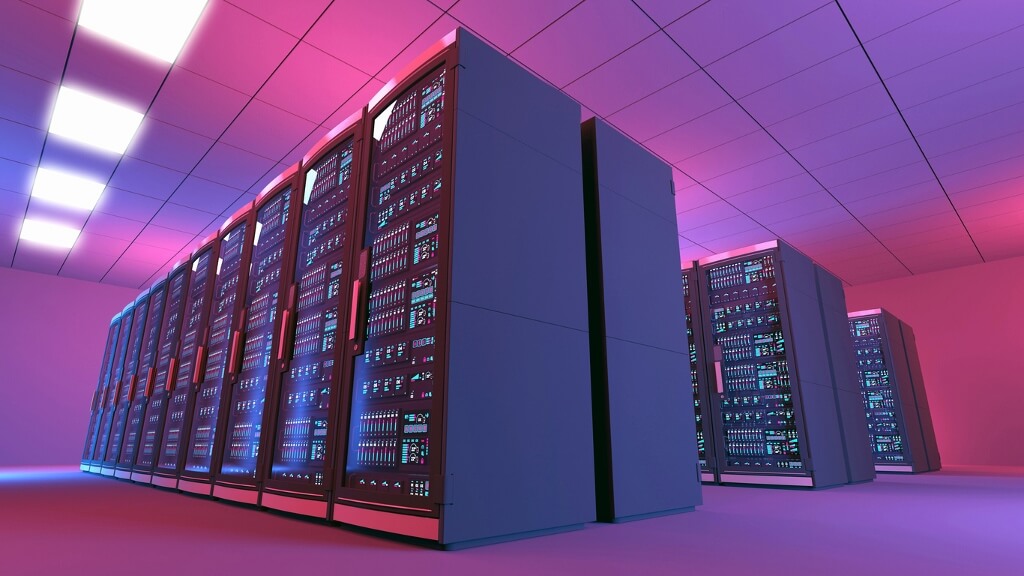
When it comes to server rooms, maintaining the right temperature is a critical piece of the puzzle. It’s not just about keeping things cool; it’s about ensuring your equipment runs smoothly, avoiding costly downtime, and extending the life of your infrastructure. But what’s the best way to manage server room temperature effectively?
Why Server Room Temperature Matters
Ever thought about how much heat your servers produce? Each piece of equipment generates heat while operating, and when you have an entire room full of servers, that heat adds up fast. Without effective server room temperature management, temperatures can rise quickly, leading to overheating, equipment failure, or even permanent damage. No one wants to deal with that.
Temperature control isn’t just about avoiding worst-case scenarios; it also impacts the efficiency and lifespan of your hardware. Proper cooling reduces wear and tear, helping you get the most out of your investment. Plus, maintaining a steady environment ensures fewer disruptions to your business operations.
What’s the Ideal Server Room Temperature?
The generally recommended range for server room temperatures is between 18°C and 27°C, with 22°C often considered the sweet spot. However, it’s not just about the temperature itself; humidity levels are equally important. Aim for a relative humidity level between 40% and 60%. Too much humidity can lead to condensation and rust, while too little increases the risk of static electricity.
Striking the right balance is essential, and this is where monitoring tools come into play.
Tools to Monitor and Maintain Temperature
Keeping an eye on your server room’s environment isn’t something you can afford to guess at. This is where monitoring systems step in to do the heavy lifting. Here’s what you’ll want to consider:
- Temperature Sensors - Place these at key points around the room to get a clear picture of hot and cold zones.
- Humidity Sensors - Monitor moisture levels to prevent issues like condensation or static buildup.
- Environmental Monitoring Software - Use software that provides real-time updates and alerts so you can respond to any changes immediately.
- Airflow Management Tools - Devices like blanking panels and floor tiles can help ensure air is circulating as efficiently as possible.
These tools work together to give you a complete understanding of the environment, helping you avoid potential problems before they arise.
Optimising Airflow
Good airflow is one of the most effective ways to maintain the right temperature in your server room. Think about it: if hot air isn’t being removed and cool air isn’t circulating properly, even the best cooling systems will struggle to keep up.
Start by organising your server racks in a hot aisle/cold aisle configuration. This arrangement directs cold air toward your equipment and channels hot air away, improving efficiency. Keep cables neat and avoid blocking vents, as clutter can restrict airflow.
Regularly check filters and fans, too. Dust and debris can build up over time, reducing the effectiveness of your cooling systems. A little maintenance goes a long way here.
Choosing the Right Cooling System
Not all cooling systems are created equal, and choosing the right one depends on the size and needs of your server room. Here are some popular options:
- Air Conditioning Units - A common choice for smaller setups, providing reliable cooling.
- In-Row Cooling - Positioned directly between server racks, delivering targeted cooling to high-heat areas.
- Overhead Cooling - Distributes cool air from above, ideal for larger rooms with high ceilings.
- Liquid Cooling - A more advanced solution that uses liquids to absorb and remove heat, suitable for high-density environments.
Assess your current setup and future growth plans to select the system that best suits your needs.
Backup Cooling Is Non-Negotiable
What happens if your main cooling system fails? It’s a nightmare scenario, but it doesn’t have to mean disaster if you’ve planned ahead. Backup cooling systems are essential for ensuring your servers stay operational during unexpected outages.
Consider a secondary air conditioning unit, portable cooling systems, or even UPS (Uninterruptible Power Supply) systems that can keep the fans running long enough to bring things back under control. A solid contingency plan is your safety net.
Routine Maintenance and Checks
Let’s be honest—no one loves maintenance, but when it comes to your server room, it’s a must. Schedule regular inspections to keep everything running smoothly. Check for:
- Dust accumulation in vents and filters.
- Loose or misaligned equipment causing airflow blockages.
- Malfunctioning sensors or outdated monitoring software.
Set reminders to carry out these checks and make adjustments as needed. Staying proactive reduces the risk of sudden breakdowns and helps you spot small issues before they turn into big problems.
Don’t Forget Energy Efficiency
Temperature control doesn’t have to mean skyrocketing energy bills. By implementing energy-efficient practices, you can keep costs in check while still protecting your servers.
Use LED lighting, optimise your cooling schedules to run during off-peak hours, and consider upgrading to energy-efficient cooling units. Additionally, sealing leaks in walls or floors can prevent cool air from escaping, making your system more effective.
Long-Term Benefits of Proper Temperature Control
Investing in proper temperature control isn’t just a “nice to have”—it’s a key part of running a reliable, cost-effective IT environment. With the right practices in place, you can:
- Minimise downtime and prevent disruptions to your operations.
- Extend the lifespan of your servers and other equipment.
- Reduce energy consumption and lower utility bills.
- Maintain a safer and more secure environment for your hardware.
It’s a win-win for your business and your budget.
Maintaining a Cool Perspective
Managing server room temperature might not be the most glamorous part of IT operations, but it’s one of the most crucial. By staying on top of the basics—monitoring, airflow, cooling systems, and maintenance—you’re setting yourself up for long-term success.
Thanks for signing up to Minutehack alerts.
Brilliant editorials heading your way soon.
Okay, Thanks!